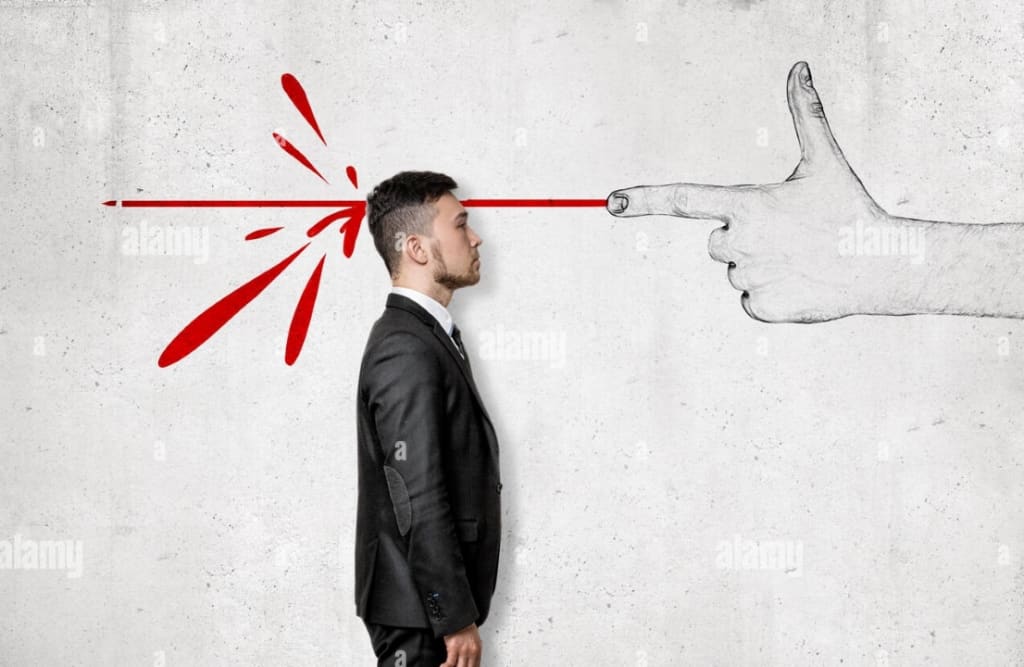How fatal is headshot?
How fatal is headshot?

A headshot is often fatal, but it's important to understand what happens when a bullet enters someone's skull. It's important to note that we're only discussing pistols and rifles, as shotguns are self-explanatory. When a bullet is fired from a pistol or rifle, it travels through a rifled barrel. The grooves in the barrel cause the bullet to spin, which flings cranial tissue outward upon penetration. The tissue expands to roughly 12.5 times the diameter of the bullet, but quickly returns to its normal size in just 5 to 10 milliseconds. The size of the wound depends on the caliber of the bullet, with a 22-caliber bullet creating a 2.7 inch-wide wound, a 38-caliber bullet creating a 4.4 inch-wide wound, and a 45-caliber bullet creating a five-inch wide wound. The expanded cavity caused by the bullet creates a vacuum effect, which makes the cranial cavity expand, causing secondary fracture lines that spread out from the wound. Fractures are most common at soft locations such as the temples and orbital plates behind the eyes. The more powerful the firearm, the more secondary fracturing of the skull, particularly at thicker and harder locations such as the front and back. Velocity is the most important factor contributing to the damage a bullet inflicts on the human body. The equation for kinetic energy explains why.
The weight of a bullet multiplied by its velocity squared, then divided by two times the gravitational acceleration constant is its kinetic energy. The greater the kinetic energy of a bullet, the more damage it can inflict, as mathematically proven. For instance, if we use 10 as a value for weight, velocity, and gravitational constant, the kinetic energy is 50. Doubling the bullet's weight doubles its kinetic energy to 100, while doubling its velocity quadruples it. The damage a bullet causes is a result of more pressure, gases, fracturing, and splitting of the skull. Rifles are deadlier than pistols due to their round's velocity, not weight. A bullet creates an entrance wound the size of the bullet and an exit wound many times larger, regardless of the medium. This is because the bullet creates a shockwave that widens as it passes through, and may rupture or mushroom to increase its surface area. The bullet also bevels the bone in the skull.
To explain the process of beveling, imagine a piece of Swiss cheese. One side of the cheese represents where the bullet enters, appearing clean and small. On the other side, where the bullet exits, the hole is wide and flared out. As a result of this flaring, pieces of the skull are chipped off and launched into the brain, causing further harm. After entering the brain, there are three potential outcomes for the bullet. It may either slow down and stop, pass cleanly through, or ricochet inside the head. The least common of these is the third option, found in only about 20% of all bullet paths. A high-powered rifle bullet will likely pass through, while a pistol bullet will often come to a stop or ricochet. It's interesting to note that most skull ricochets follow the groove of the skull, rather than bouncing off at an angle. Although the skull is strong, the bullet's energy is reduced as it passes through, and it sometimes glides along the groove, ending up just below the scalp. The effects on the brain are severe. The brain is a solid and incredibly soft organ that doesn't stretch or reduce the damage it receives from a gunshot. In contrast, elastic organs like the intestines, stomach, and bladder receive less harm, as the tissue stretches and dissipates the energy from the pressure wave. Solid, inelastic organs such as the liver, pancreas, kidneys, heart, and brain receive full damage from the pressure wave. Finally, the distance the bullet travels from the barrel to the head is a crucial factor to consider.
Determining the extent of brain damage is also possible. At distances farther than 100 yards, low-powered firearms like pistols or .22s can cause serious wounds, similar to those caused by baseball bats or hammers, but without penetrating the skull. In contact shots, however, where the muzzle is placed against the victim's head, the bullet's velocity is at its highest, delivering the greatest amount of energy. Additionally, the hot, expansive gases that accompany the bullet follow it into the wound, causing the victim's brain to turn into pulp and, in some cases, the skull to split open. Despite this, headshots are not always fatal, with a 90% fatality rate on average, depending on the circumstances. In my upcoming video, I will explore how and why some individuals have survived headshots and lived to tell their stories. I am often asked about my background, and I work in immunodiagnostics, which is an enjoyable field. However, as a scientist, I find that reading research papers alone is not enough research for my videos, especially when I discuss medical procedures outside of my area of expertise.





Comments
There are no comments for this story
Be the first to respond and start the conversation.